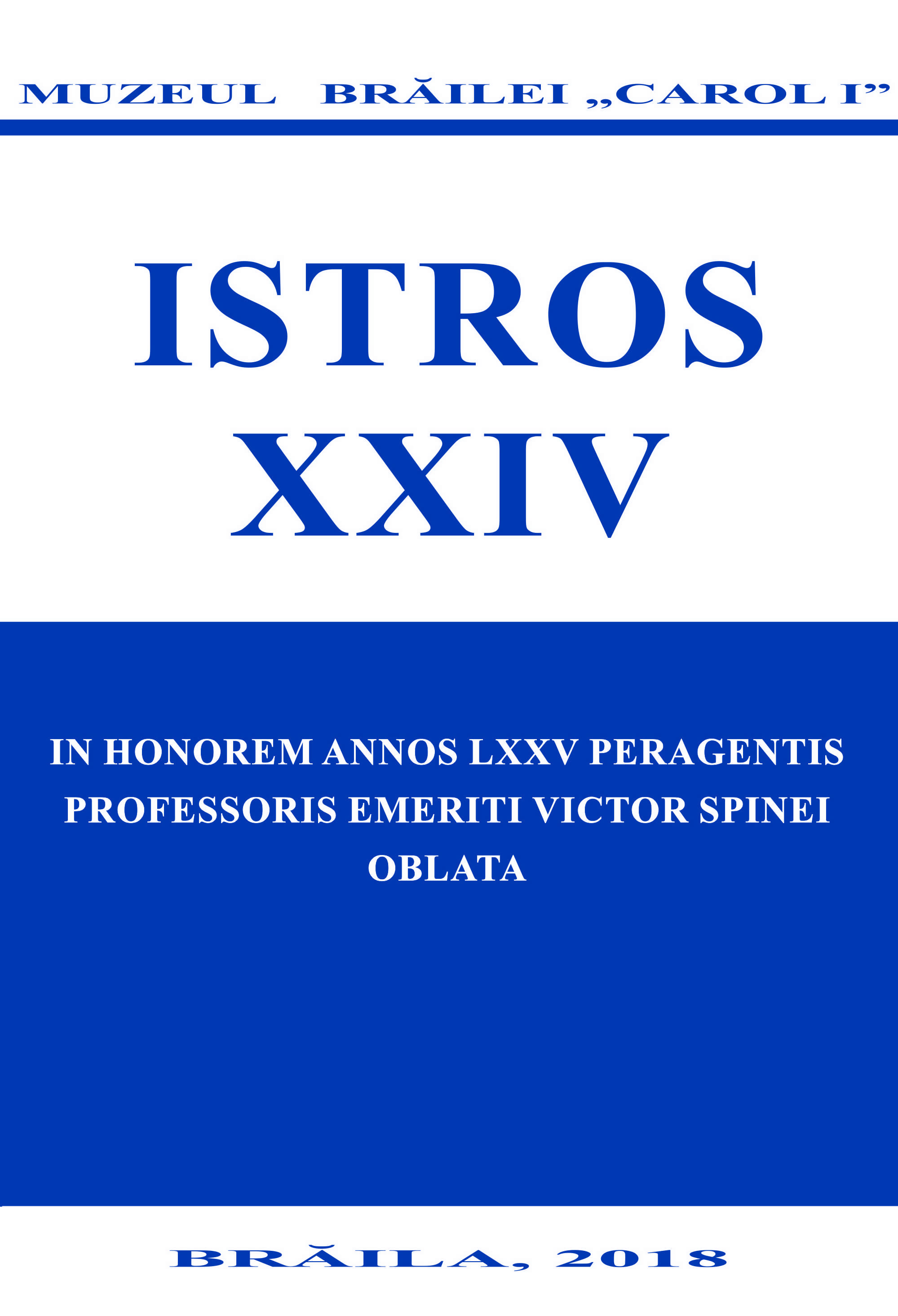Practici funerare din perioada La Tène în estul Ungariei
The Funerary Practices of the La Tène Period in Eastern Hungary
Author(s): Katalin AlmássySubject(s): History, Ancient World
Published by: EDITURA ISTROS A MUZEULUI BRĂILEI „CAROL I”
Keywords: Carpathian Basin; Great Hungarian Plain; funerary rite (inhumation; cremation; urn-graves); cohabitation of Scythian and Celtic Age populations;
Summary/Abstract: In the present study, I discuss the funerary practices of the Carpathian Basin’s part east of the Danube in the La Tène Age. My study is based on published materials of LT cemeteries found on the territory of present-day Hungary.The first step of my work was to cataloguise the sites. The site list shows that even this relatively small territory has better and worse studied parts. While we have at our disposal several modern and large excavations from the North Hungarian Mountains (Mátraszőlős, Ludas, Besenyőtelek, Radostyán, Kistokaj, Muhi, Bodroghalom), we know much less sites in the larger part of the Great Hungarian Plain (Jászberény, Orosháza, Szőreg), and in many cases their material has not been published (Gyoma–Egei halom, Csárdaszállás, Békéssámson–Erdőháti halom). Lack of publishing is a general problem. New important parts of cemeteries were not or only partly published (eg. Arnót, Császárszállás, Hejőpapi).It is important to make it clear, that in the LT Age a more or less mixed population existed on the territory in question. Different Celtic groups bringing LT culture with them, met here the population of the Middle Iron Age that in itself consisted of different ethnic groups. This explains the extremely varied burial customs of the examined period. Practically all kinds of rites (dead in stretched out or contracted position, ashes in urns or dispersed in the grave-pit) were met. At the same time, some tendencies still can be outlined. The custom of unurned cremation clearly dominates the cemeteries of the northern regions. Some of inhumations here contain relatively early types of objects, but there are some with later material as well. Somewhat to the south, the cemeteries ofJászberény, Körösszegapáti (or the one from Pişcolt used as a comparison), show different character: number of stretched out corpses is much higher. At the same time, in Orosháza, in the south, graves certainly belonging to LT Age are again only cremations. This cremating group of Orosháza may belong to a wave of newcomers at the very end of LTB2 and beginning of LTC1 period. Such cremating groups we can observe at several points in the examined area. An important task of the funerary customs’ analysis is the examination of mutual impacts produced by the autochthonous population and that of the newcomers. In the material under study, burial in contracted position, urn-graves, the placing of pieces of mill or grinding stones into the grave or use of ceramic spindle whorls can be the tradition of the Middle Iron Age. There are several pottery types that in some way show the connections between the two populations.
Journal: ISTROS
- Issue Year: XXIV/2018
- Issue No: XXIV
- Page Range: 127-199
- Page Count: 74
- Language: English, Romanian
- Content File-PDF

